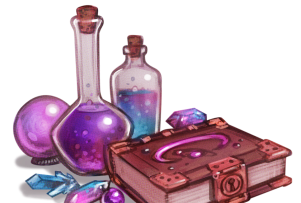Learn to Play
Want to know more about how the Adventure system works? This page is a great place to start!
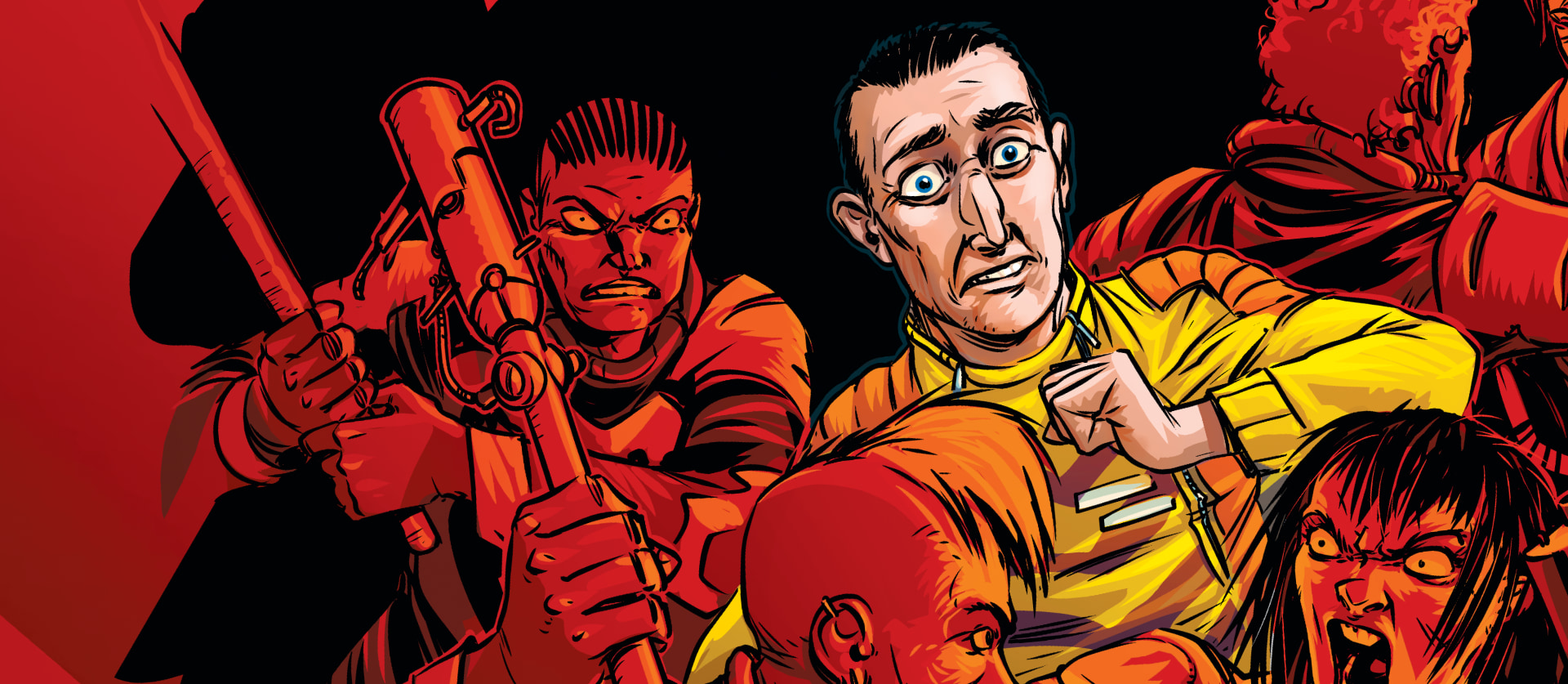
What is Adventure?
Adventure is a roleplaying game for three to seven players, presented as a pull-apart magazine containing everything you need to play.
One player acts as the Game Master (GM): hosting the game, guiding the other players’ characters through the twists and turns of the story, and playing the role of any characters they meet. While the GM’s role is very different, remember that they’re just another player and they’re playing to have fun too – it’s everyone’s responsibility to drive the story forwards and make sure everyone is having a good time.
When playing a game of Adventure, the GM will use the information provided in the magazine to outline events and locations, while the other players will determine how their Protagonists will act based on the situation at hand and the capabilities listed on their character sheet.
An adventure involves taking exciting risks, and not knowing how those risks will resolve. When the Protagonists take risks, such as fighting an enemy, sneaking through a room, or investigating a suspicious scene, they will roll three six-sided dice. The GM and the other players then interpret the results and incorporate them into the story.
You can find a full breakdown of the rules for Adventure below, or download them from our Resources Page!
One player takes on the role of Game Master (GM) while each other player plays a unique Protagonist. The GM leads the Protagonists through the events of the story and plays any Non-Protagonist Characters (NPCs) that appear. The Protagonists take actions in response to the story, with the outcomes determined by dice rolls.
Preparation
Before play begins, it is good practice for all players to discuss the themes of the story, any topics they are uncomfortable with, and the type of experience the group would like to have. The GM should bear in mind that, while it can be fun to keep secrets that will upset the Protagonists, if something might upset a player then it is best to discuss it with them in advance. While some issues have a content box at the start of the Adventure booklet, which is a good rule of thumb, the GM should read the Adventure booklet to the end and use their judgement. Remember that the Protagonists do not have any of the advance information given to the players at this stage.
Each player other than the GM then chooses a Protagonist, taking their character sheet and giving them a name, and introduces them to the other players.
Make sure everyone has dice, a pen, and a comfortable seat. Then begin.
The Core Mechanic
When a Protagonist takes an action with an uncertain outcome, they make an Ability Test (explained in detail later in this booklet) to see if they succeed or fail. To perform a Test:
- The GM sets a target Difficulty;
- Roll three six-sided dice (d6) and remove one according to the tested Ability’s score;
- Compare the total shown on the remaining d6s to the Difficulty;
- If the total is equal to or higher than the Difficulty number, the Protagonist succeeds. If it is lower, the Protagonist fails.
The Golden Rule
Adventure is a collaborative experience, not a competition – fun comes first. Make sure your fun is not at the expense of someone else’s fun. Some stories can get intense and, while dark humour and dark plots can be exciting for some groups, they can also make people feel vulnerable or give unpleasant people a chance to do harm.
The game is more fun if everyone gets into character. However, the characters exist to serve the game, not the other way around. If a character is an impediment to the story, change the character – maybe they are inspired to overcome their fear, or maybe they start to trust their companions more. Similarly, prioritise playing the characters as true to themselves and to the story over being clever with the rules.
The Pause
If anyone at the table is feeling uncomfortable with any aspect of the story, a character’s actions, or the tone in the room during play, they should raise their hand above their head to pause the game. If that player wishes, they can make a request or statement for the game, such as “this is a bit too intense”, “I’d like a break”, or “I need this type of action to have negative consequences”. The other players and the GM must respect that statement and incorporate it into the game.
If someone pauses the game, do not interrogate them. If they want to discuss it further, they will.
Do not abuse the pause. It may matter greatly to someone that they have this option, even if they never use it. If you don’t feel uncomfortable but do think that the game has strayed from the agreed tone, feel free to pause the game to point that out.
Protagonists
Each Protagonist has a character sheet that lists their Abilities, Health, Resolve, Drives, and Gear. The character sheet also has artwork depicting the Protagonist and space for their player to give them a name. Who the Protagonist is as a person is up to their player.
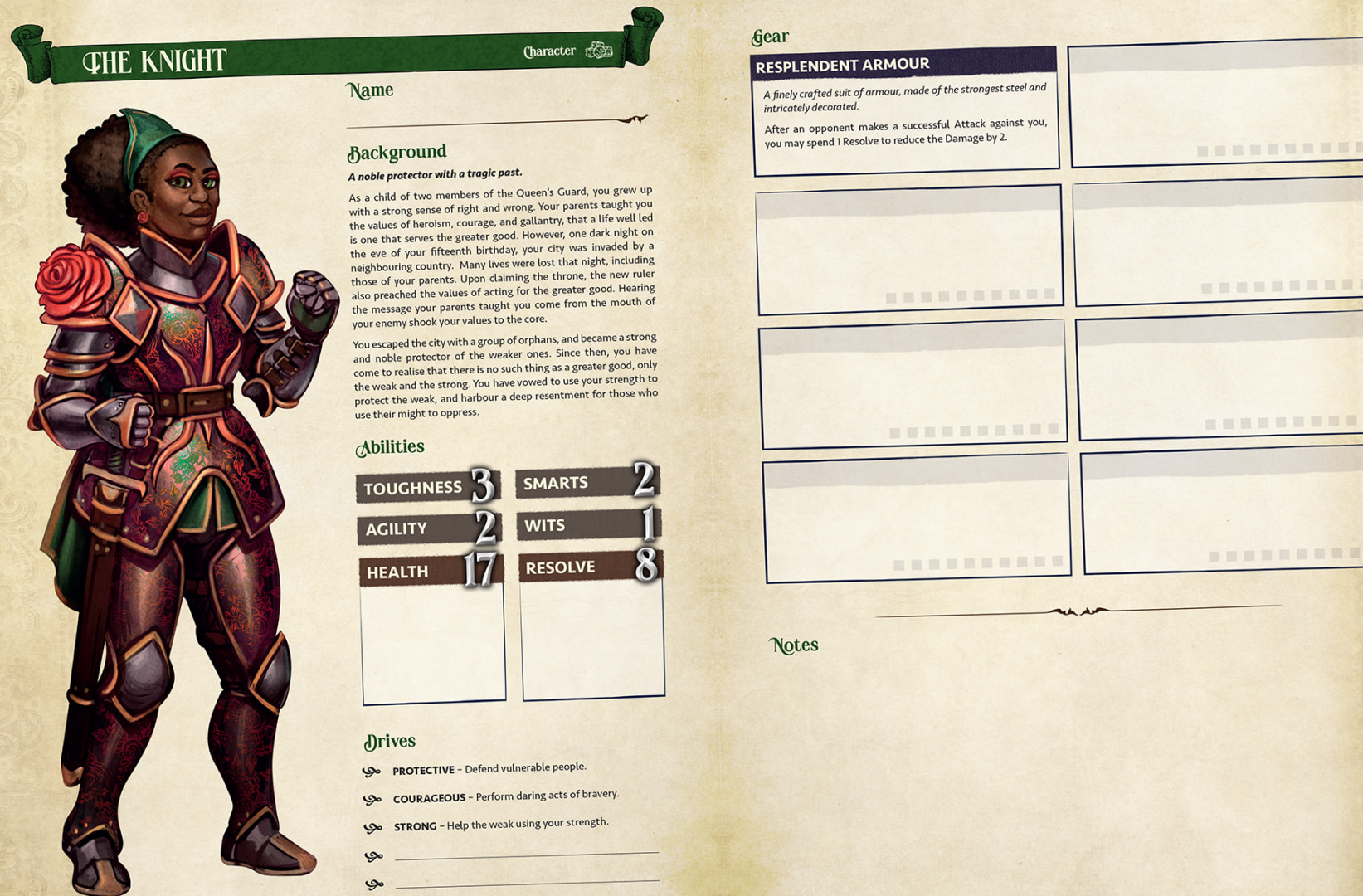
Abilities
Abilities represent a Protagonist’s aptitude for certain types of action. Each Ability has a score between 1 and 4. The higher the score, the better the Protagonist is at those actions. There are four Abilities:
- Toughness represents physical strength and durability: lift or push something heavy; grapple a bear; punch a foe.
- Agility represents physical speed and reflexes: sneak past someone; balance on a wall; dodge a falling tree; shoot something in the distance.
- Smarts represents intellect and learned knowledge: remember old stories; work with machinery; resist mental attacks; use magic.
- Wits represents insight, instinct, and quick thinking: interrogate a suspect; notice tracks; find secrets; flirt with a stranger.
When a Protagonist wants to do something risky, the GM decides which Ability applies. A low Ability score doesn’t mean that a Protagonist can’t achieve something; it’s just harder for them to do so.
Health
Health shows how much Damage a Protagonist can take before they fall unconscious.
Resolve
Resolve represents a Protagonist’s willpower. It can be spent to improve their Abilities and is replenished by following their Drives.
Drives
Drives are a Protagonist’s goals, needs, and habits. Heeding a Protagonist’s Drives will improve their Resolve.
Gear
Gear is a list of everything a Protagonist carries with them.
Some Gear can be used at will, while other Gear requires a dice roll when it is used. Any requirements for using Gear are listed in its description.
Not all Gear comes with a specific action listed – it is up to the players to decide how to use it in the context of the story. Remember that any Gear can be used creatively, as the story and GM allow.
Some Gear can only be used a limited number of times. When this Gear is used, mark off one of the boxes underneath the description. If a piece of Gear with limited uses requires a roll then the box is marked whether or not the roll is successful. When all the boxes have been marked, the Gear cannot be used again.
Protagonists can gain and lose Gear during the story and can even swap it between them. If a Protagonist gains or loses Gear, the player should update their character sheet.
Non-Protagonist Characters
All NPCs have Ability scores and Health. Some important NPCs might also have their own Gear, Resolve, or special abilities.
Conflict
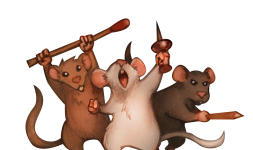
Conflicts take many forms, from fistfights to battles of wits. When two or more characters are in opposition, they simultaneously make an Ability Test – whoever gets the highest result succeeds.
In the case of a tie, a character trying to change something beats a character trying to prevent change.
If both characters are trying to change something, the Protagonist wins. If two Protagonists are in a Conflict with one another, and both are trying to change something, each tied character rolls one d6 until someone gets a higher result.
Rounds
If multiple characters are trying to act at the same time, such as in a race or a brawl, a round system applies. At the start of the Conflict, all characters make a Wits Test and then take turns from the highest to the lowest result. In the case of ties, the players get to choose who goes first. If no agreement can be reached, those players each roll one d6 as a tiebreaker, with the highest result going first.
During each round, all characters involved in the Conflict take a single turn. On their turn, each character can take up to two different actions, such as moving, making an Attack, or using Gear, whether or not it requires a Test. When all characters have had a turn (even if a character did nothing) another round can begin if needed, continuing in the same order.
Attacks
An Attack is a Conflict where one character takes an action in order to harm another character. During an Attack, both characters make a Test using the same Ability:
- Toughness for close-quarters fighting;
- Agility for long-range fighting;
- Smarts for magical or psychic fighting;
- Wits for battles of charm or intelligence.
During a Toughness Attack, it doesn’t matter which character initiated it – either character can potentially get hurt. When making an Attack, subtract the lower Test result from the higher Test result. The character who rolled the lower Test result takes that much Damage. If there is a tie, both characters take 1 Damage. Also note that some Gear may inflict additional Damage if that character wins the Conflict. Damage from Gear is not added on a tie.
For other Attacks, assign Damage only if appropriate. For example, if a character makes a ranged Attack against an unarmed opponent and the target has the higher Test result, they avoid Damage but do not deal Damage back.
If a Protagonist wants to do something like disarming or confusing an opponent instead of harming them, they should let the GM know before making a Test. The GM will decide if that’s possible, then set a Conflict of whichever Ability applies without dealing Damage.
Serious Danger
If a Protagonist’s Health or Resolve is reduced to 0, they fall unconscious and cannot take any other actions until another character revives them. If this happens during a Conflict, the unconscious Protagonist loses 1 Health or Resolve (whichever is remaining) on each of their turns until another character takes an action to stabilise them. At this point, they no longer lose Health or Resolve, but they cannot act until they are revived.
If a character’s Health and Resolve both reach 0, they die. If a Protagonist dies, their player chooses a new Protagonist to play in the next Chapter.
It is only possible to revive an unconscious character after a Conflict has ended. The revived character wakes up and their Health or Resolve (whichever was at 0) returns to 1. Stabilising or reviving a character does not require a Test.
Movement
Movement is treated as abstract, with distance arbitrated by common sense. However, during a Conflict, relative distance may become important. In Conflict rounds, the distance from one character or object to another can be broken down as follows:
- Close – within touching distance
- Near – in the same room
- Far – within shouting distance
- Distant – beyond shouting distance.
A character can move from ‘close’ to ‘near’ or ‘near’ to ‘far’ within a single round, and they can move twice in a single round instead of taking another action.
Ending a Chapter
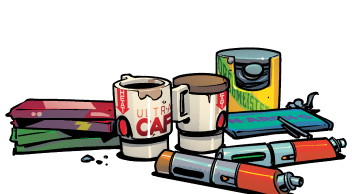
At the end of each Chapter, take some time to discuss what happened and prepare the Protagonists for the next Chapter.
Rest
Clear any marks from each Protagonist’s Drives, as well as their Health and Resolve if specified in the Special Rules booklet. Any Gear that can be reset, repaired, or reloaded regains its available uses.
Growth
If a Protagonist’s outlook on the world has changed due to the events of a Chapter, discuss whether or not that change should be reflected by adding to, adjusting, or replacing some of their Drives. Note any agreed changes on the Protagonist’s character sheet.
Preparation
Make a note of any major events that happened during this Chapter. When planning for the next Chapter, the GM should try to incorporate those events alongside, or instead of, the specified material.
